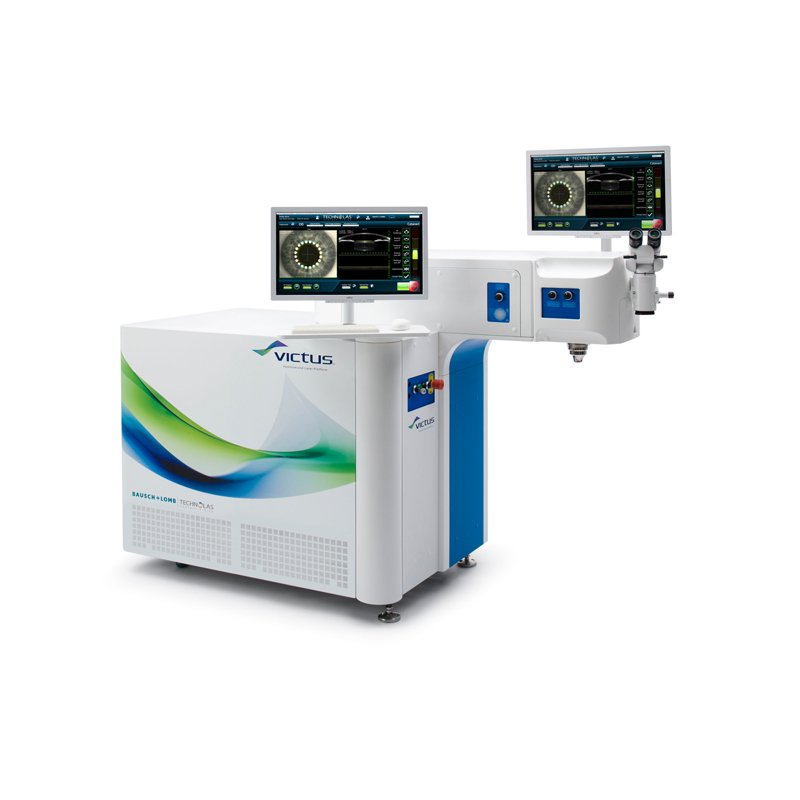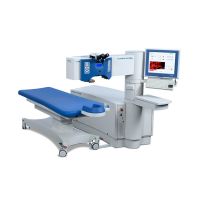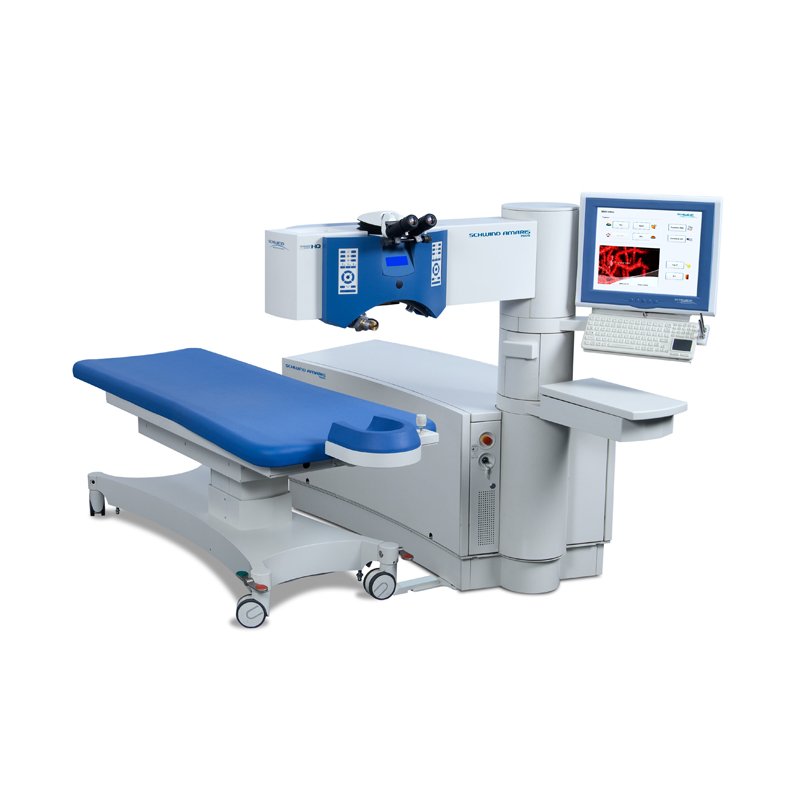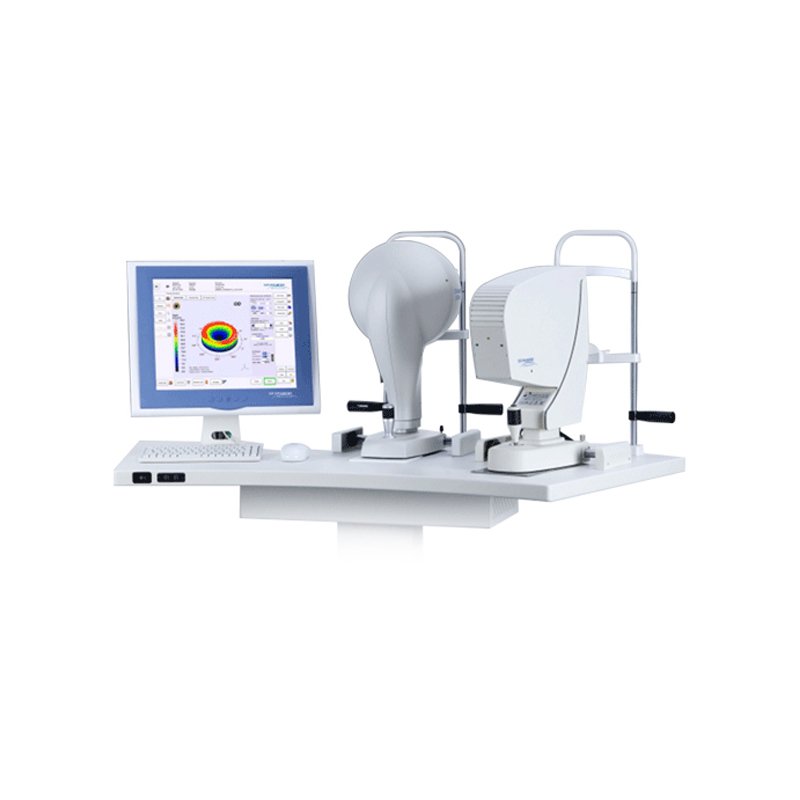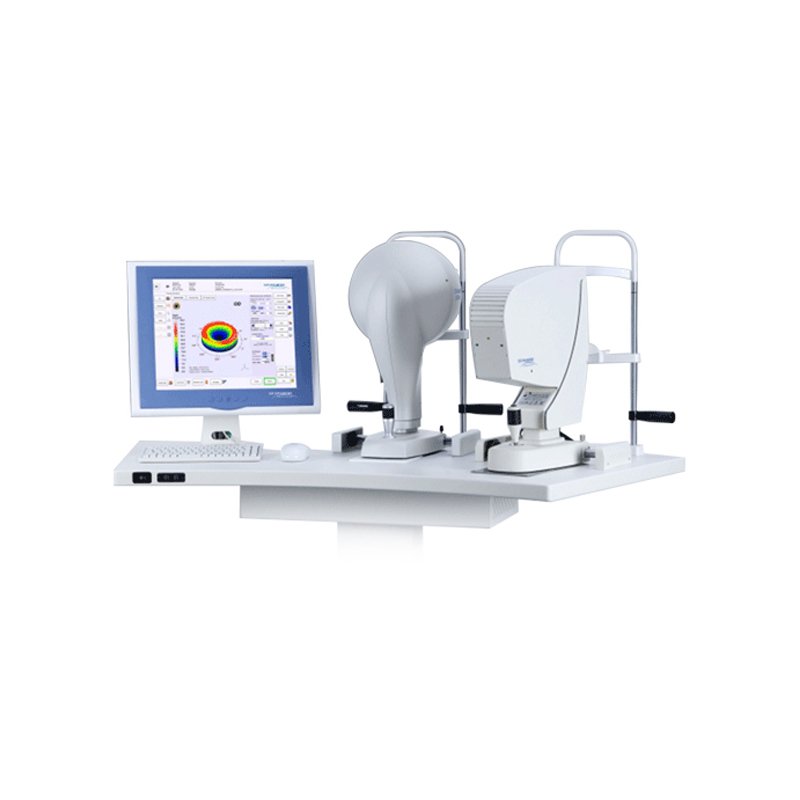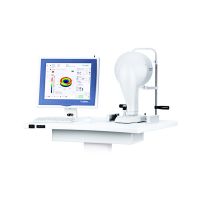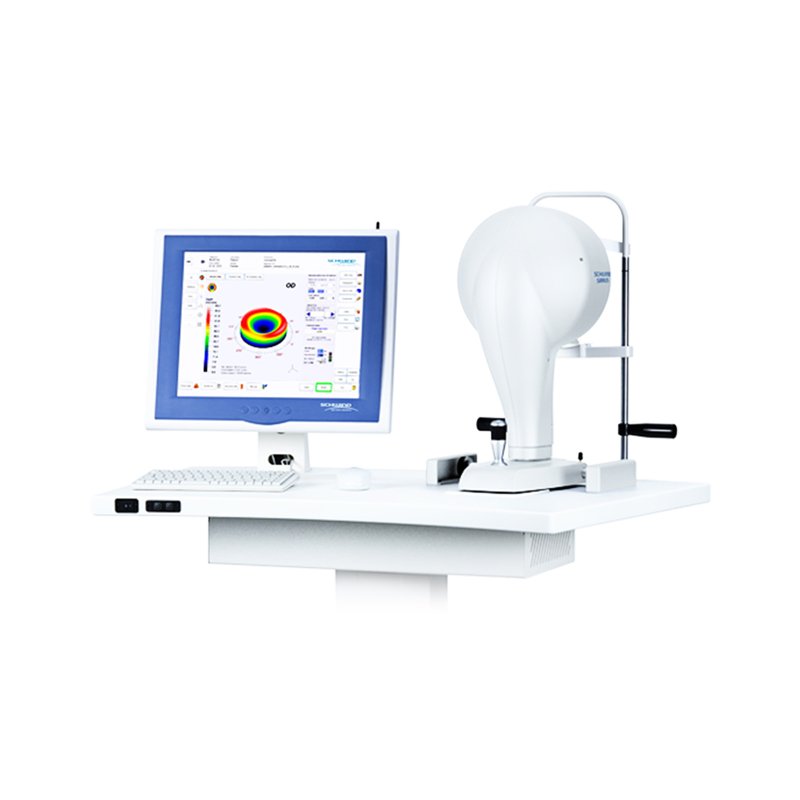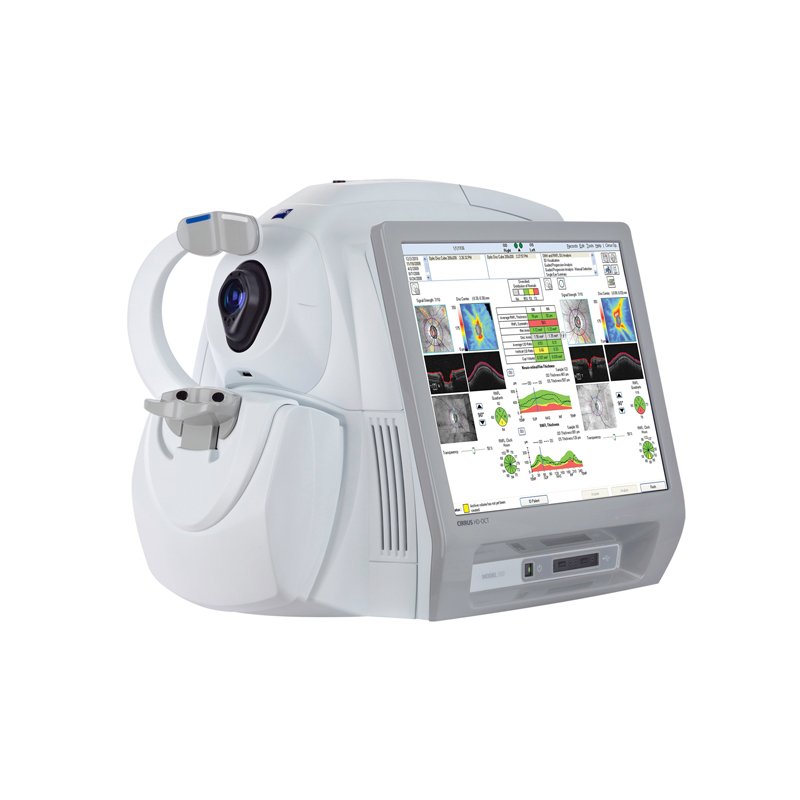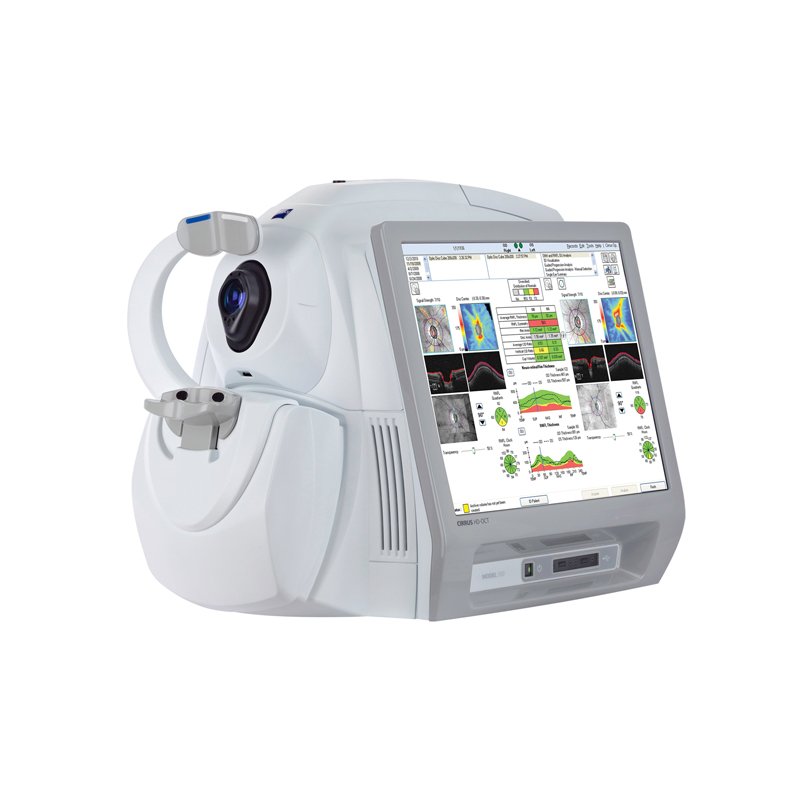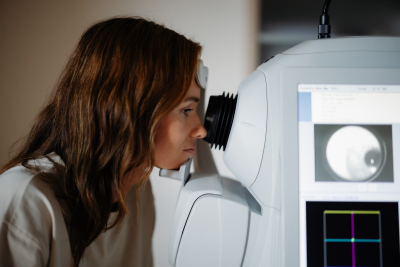Healthy vision

Vision disorders

Astigmatism
is an eye condition which manifests itself with blurred vision and an insufficient ability to distinguish details and contrasts.
It occurs very frequently in combination with short-sightedness or long-sightedness.
What’s the problem?
THE SHAPE OF THE CORNEA
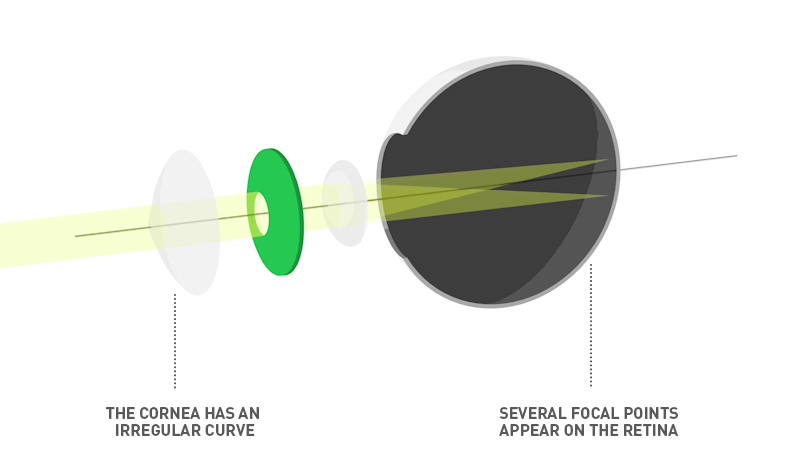
of an eye with astigmatism looks more like a squashed oval than a circle. The light enters the eye at different angles, creating two focal points.
The image is blurred, and sometimes doubled. Perhaps you’ve been told that astigmatism can’t be treated by laser surgery. It’s true that certain forms of this conditions are more complicated to treat, but practically all types are treatable with the help of specialists and the right technology.

What happens during surgery?

Excimer laser surgery is used for operating on astigmatism.
The most important part of this process is the so-called photoablation - removal of corneal tissue using a laser.
The surface of the cornea is modified to change its curvature, thus achieving clear vision. Laser eye surgery is suitable for patients over the age of 18. The surgery for astigmatism lasts no more than a few minutes.
The difference between excimer laser methods lies in whether the photoablation itself takes place on the surface or below the surface of the cornea.

FemtoLasik

Under the surface method using two types of lasers.
The femtosecond laser creates thousands of small bubbles in the cornea which slice the stroma of the cornea and form a flap which is then lifted up. The removal of the diopter is done by the excimer laser.
After the surgery, the corneal epithelium returns to its original place.
- quicker vision recovery
- earlier return to work
- clear vision just a few hours after surgery
- possible risk of developing dry eye syndrome

Lasek

A surface method where the epithelium is lifted up after the application of an alcohol solution using a mechanical tool. After surgery, the removed part of the cornea grows back.
- less invasive surgery
- suitable if there are cataracts on the eye’s surface
- cheaper surgery
- smaller risk of dry eye syndrome
- gradual clearing of vision
- longer recovery period (2 to 4 days)
- the patient can experience slight irritation or burning

PRK

This is also a surface method. It is an older, currently less used/v method where the epithelium is removed from the cornea using a mechanical instrument. After surgery, the removed part of the cornea grows back.
- suitable for thinner corneas
- suitable if there are cataracts on the eye’s surface
- cheapest surgery
- higher level of pain
- longer recovery period

What if my astigmatism is too high
for excimer surgery?
PHAKIC CONTACT LENSES

are used for correcting dioptric disorders in patients for whom excimer laser surgery does not enable them to rid themselves of glasses as a result of a high dioptric disorder or a thin cornea.
The phakic contact lens is implanted into the eye in front of the lens. This combination modifies the patients’ required dioptres and also accommodates the natural human lens.
The whole process could be described as implanting glasses into the eye with the difference that you don’t need to ake them off or out.
The implantation of a phakic contact lens is usually suitable for patients under the age of 40.

Equipment and instruments
Is surgery right for you?
To help you find your way around, we have prepared a brief overview of surgeries available for different types of refractory disorders or diseases. Find out which type of surgery is best for you.
Price list
| EXCIMER LASER SURGERY | VŠZP | DÔVERA | UNION |
|---|---|---|---|
| PRK 6D | 325 € | 325 € | 325 € |
| Lasek 6D | 425 € | 425 € | 425 € |
| Smartsurface | 495 € | 495 € | 495 € |
| Femto Lasik 6D HD | 695 € | 695 € | 695 € |
| Relex Smile | 695 € | 695 € | 695 € |
 The procedure is only reimbursed by the insurance company in specific, medically- indicated cases
The procedure is only reimbursed by the insurance company in specific, medically- indicated cases| IMPLANTATION OF PHAKIC INTRAOCULAR LENS | VŠZP | DÔVERA | UNION |
|---|---|---|---|
| PHAKIC INTRAOCULAR LENS | PRICE FROM1010 € | PRICE FROM1010 € | PRICE FROM1010 € |
| EXTRA INTRAOCULAR LENS | PRICE FROM590 € | PRICE FROM590 € | PRICE FROM590 € |
| CLE / PRELEX (REPLACEMENT OF INTRAOCULAR LENS) | VŠZP | DÔVERA | UNION |
|---|---|---|---|
| CLE EXTRA | 790 € | 790 € | 790 € |
| CLE FEMTO | 1090 € | 1090 € | 1090 € |
| PRELEX EXTRA | 1190 € | 1190 € | 1190 € |
| PRELEX FEMTO | 1490 € | 1490 € | 1490 € |
 The additional price for the lens as requested by the patient following the consultation with a doctor ranges from 0 do 200 €.
The additional price for the lens as requested by the patient following the consultation with a doctor ranges from 0 do 200 €.To help you find your way around, we have prepared a brief overview of surgeries available for different types of refractory disorders or diseases. Find out which type of surgery is best for you.





